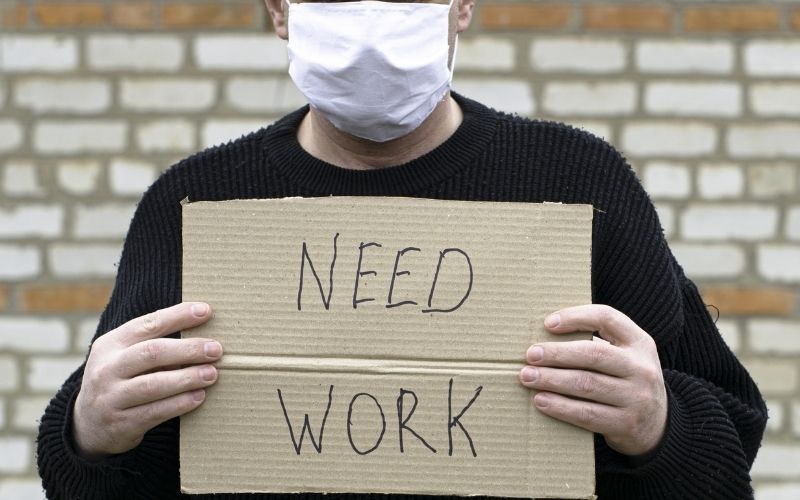What about those unemployment figures… wow… no-one saw that coming. Most experts predicted another big loss in jobs and rise in unemployment.
Instead, our unemployment rate for August fell from a 22 year high of 7.5 per cent to 6.8 per cent… experts were predicting 7.7 per cent.
Around 111,000 jobs were created… or more accurately 111,000 people went back to work. Those people were mostly part-timers and “sole traders”(I’d say these were Uber drivers, food delivery and similar gig economy workers).
For comparison, US jobless rate was 8.4 per cent in July and the jobless rate was 10.2 per cent in Canada. But the “effective” rate of unemployment here is estimated at 9.3 per cent, so there are no grounds for complacency.
It is also interesting to note unemployment across states and territories in August. To see how the different lockdown strategies performed. As the Prime Minister said during the week, NSW seems to be the gold standard in balancing health and the economy.
NSW drove the job creation (or back to work) with unemployment in August at 6.7 per cent (in July 7.2 per cent); Victoria’s hard lockdown saw unemployment at 7.1 per cent (6.8 per cent); Queensland 7.5 per cent (8.8 per cent); South Australia 7.9 per cent (7.9 per cent); Western Australia’s iron ore sector helped cut its rate to 7.0 per cent (8.3 per cent); Tasmania 6.3 per cent (6.0 per cent); Northern Territory 4.2 per cent (7.5 per cent); ACT 4.2 per cent (4.6 per cent).
Over the three months to August 2020, all states and territories recorded increases in the number of employed people, led by gains in NSW (+188,100), followed by Queensland (+90,300), Western Australia (+73,400), South Australia (+33,400), Tasmania (+15,800), ACT (+11,900), Victoria (+9,500) and Northern Territory (+2,800).




























Trending
Sorry. No data so far.